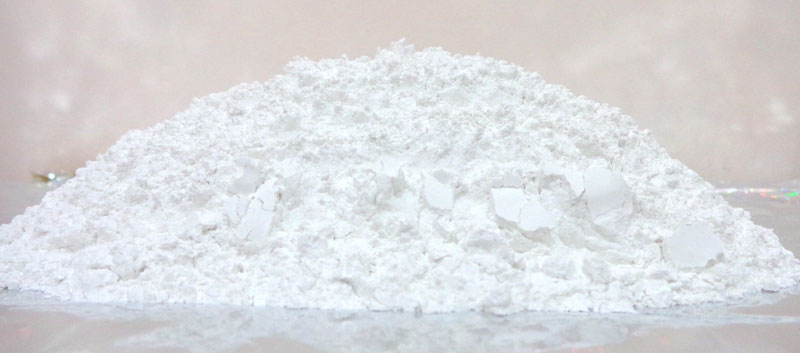Characteristics And Economic Uses Of Dolomite Mineral

Dolomite crystal is a carbonate mineral of the trigonal crystal system. Its chemical composition is CaMg(CO3)2, often with iron, manganese and other similar isomorphs (instead of magnesium). When the number of iron or manganese atoms exceeds that of magnesium, it is called ankerite or manganese dolomite. Trigonal crystal system, the crystal is rhombohedral, the crystal face is often bent into a saddle shape, and laminated twin crystals are common. The aggregates are usually granular. It is white when pure; gray when containing iron; brown after weathering. Glass luster. It is the main mineral that makes up dolomite. Dolomite originating from marine sedimentation is often interbedded with siderite layers and limestone layers. In lacustrine sediments, dolomite coexists with gypsum, anhydrite, halite, potassium halite, etc.
The word Dolomite is mainly used to commemorate DOLOMIEU (1750~1843), a French chemist. Dolomite is a trigonal crystal system with a chemical composition of CaMg(CO3)2. It is mainly a mineral composed of calcium carbonate and magnesium carbonate (the ratio of CaCO3 to MgCO3 is approximately 1:1). It has complete cleavage and rhombohedral crystallization. . The colors are mostly white, gray, flesh-colored, colorless, green, brown, black, dark pink, etc., transparent to translucent, with glass luster, hardness 3.5-4, specific gravity 2.85-2.9. I remember when I went out to Hualien during my college days, I always couldn’t figure out how to distinguish between dolomite and marble on the beach. If you have a can of cold dilute hydrochloric acid nearby, you can do the trick. Massive dolomite is not prone to bubbles when exposed to cold dilute hydrochloric acid, while marble will immediately emit many tiny bubbles.
Dolomite can be used as the refractory inner layer of reformer furnaces used in steelmaking, slag-forming agents, cement raw materials, glass fluxes, kilns, fertilizers, construction and decorative stones, paints, pesticides and medicines, etc. It can be used in the fields of building materials, ceramics, glass and refractory materials, chemical industry, agriculture, environmental protection, energy saving and other fields.
Dolomite bricks are refractory products made of calcined dolomite sand. It usually contains more than 40% of calcium oxide (CaO), more than 35% of magnesium oxide (MgO), and also contains a small amount of silicon oxide (SiO2), aluminum oxide (Al2O3), ferric oxide (Fe2O3) and other impurities. The CaO/MgO ratio of natural dolomite fluctuates greatly. If the CaO/MgO ratio in the brick is less than 1.39, it is called a magnesia dolomite brick. According to the production process, dolomite bricks can be divided into: tar (asphalt) combined unburned bricks, light burned oil-immersed bricks and fired oil-immersed bricks. Dolomite bricks contain free CaO, which is prone to hydration and cracking in the air and is not suitable for long-term storage.
China’s converter lining mainly uses tar-bonded dolomite bricks and tar-bonded magnesia dolomite bricks. Some factories use light-burned oil-impregnated and fired oil-impregnated magnesia dolomite bricks in vulnerable parts. Converters in countries such as Western Europe and Japan mainly use tar combined with heat-treated and fired oil-impregnated dolomite bricks and magnesia dolomite bricks. In addition, fired oil-impregnated magnesia dolomite bricks are also used as linings for some external refining furnaces.













